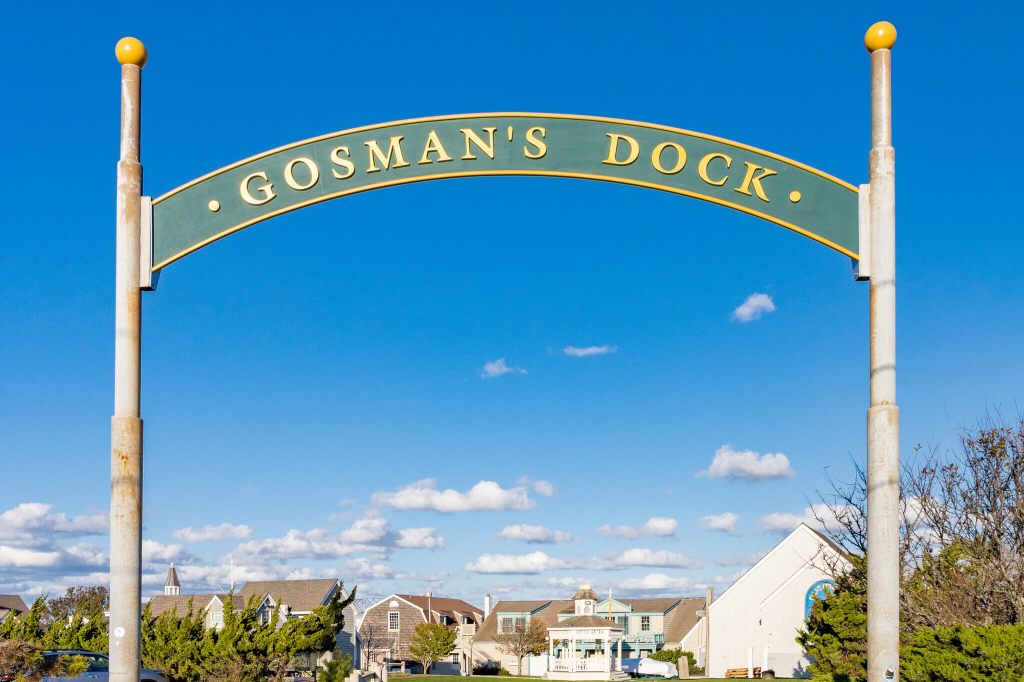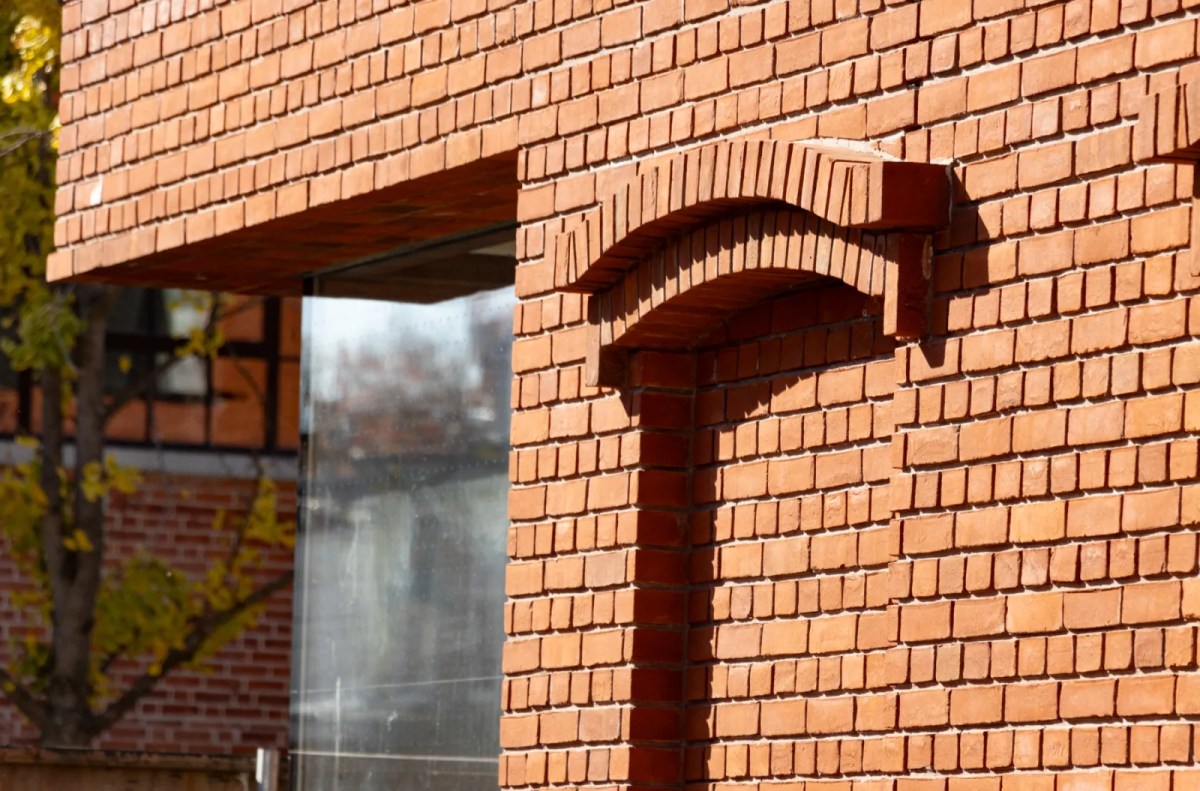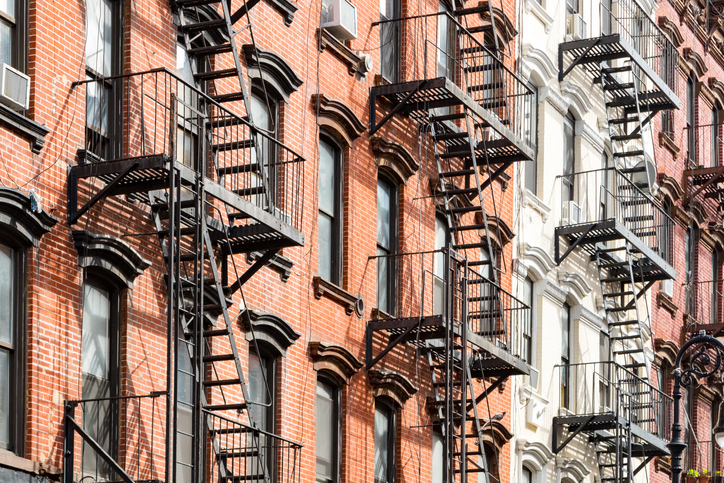Renters needed a six-figure income to qualify for the average studio in Manhattan south of 96th Street last year, according to a report highlighting how quickly the rental market there rebounded from the 2008 recession.
Citi Habitats’ 10-year analysis shows the market mostly recovered by the end of 2011 and from 2013 on the average rent prices peaked year after year. By the end of 2016, renters needed an annual income of $100,000 to be approved to rent an average studio in the area, the studio found.
But competition from other boroughs and northern Manhattan neighborhoods has left Manhattan south of 96th Street with a growing average vacancy rate. And over the past two years, landlords looking to lure in tenants have been relying more on concessions, like covering the broker’s fee or waiving a month of rent.
Gary Malin, president of Citi Habitats, said new commuting options such as Uber, Citi Bike and ferries have helped convince more people to consider areas beyond south of 96th Street.
“The sort of boundaries that people used to feel boxed into, they don’t feel as boxed into anymore,” he said. “And the emergence of areas like Long Island City and all parts of Brooklyn these days — it’s changed the whole dynamic of how the market interacts because people are more willing to look in multiple locations before they settle in on an area.”
































